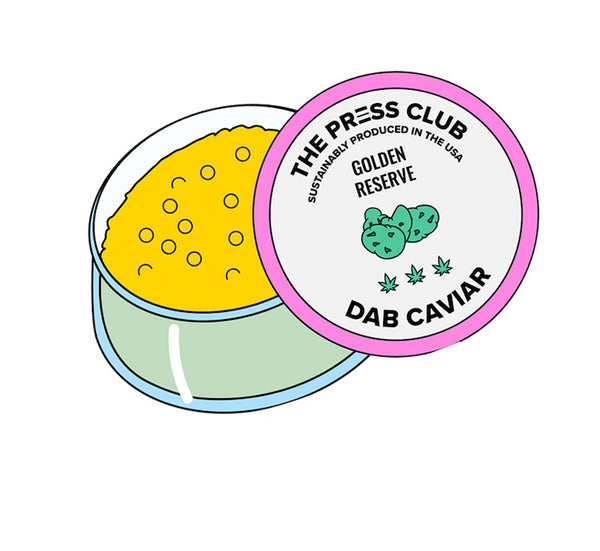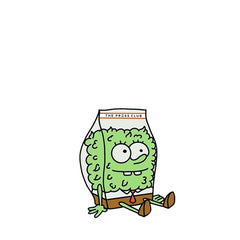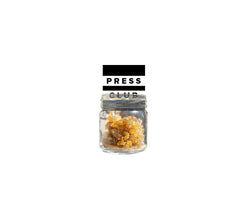Average Rosin Yields from Various Cannabis Material


Viviane Schute
Cannabis enthusiast and student of the art of solventless extraction
✅ Updated 10/19/21
No matter what cannabis material you’re using to press rosin, the quality of the cannabis you start with determines the quality of rosin you end with. The number one most important ingredient to achieving premium quality rosin with top yields is exceptional source material.
Assuming you start with quality cannabis, the variables of time, temperature, and pressure are adjusted to deliver the highest levels of purity, potency and yield. So what rate of returns should you be looking for when pressing rosin?
The answer depends on which type of cannabis source material you’re using. All other variables remaining constant, bubble hash will yield more than kief or dry sift, which yields more than flower.
Higher percentages of trichomes to plant matter in the starting material equates to higher percentages of rosin yield.
More trichomes mean more yield. Bubble hash contains a much higher percentage of trichomes to plant material than cannabis flowers, and therefore the rosin yields from bubble hash are vastly higher than yields from flowers.

However, just because flower doesn’t yield as much as bubble hash doesn’t mean it’s not worth pressing. Yield isn’t everything, and quality rosin can be squished from properly dried and high quality flower.
Strain, or cultivar, is another important factor to consider when discussing rosin yields. Some strains will naturally squish better than others. If your material is fresh and properly dried and you’re using the right time, temperature and pressure but still not producing satisfactory yields, the limiting factor might be the cannabis strain. Check out this article to see which strains are best for pressing rosin.
All that considered, the following is a rough guide to help you benchmark your current rosin yields relative to the type of starting material you use:

Flower: 15-25%
Kief or Dry Sift: 30-40%
Bubble Hash: 60-70+%
To easily calculate your yields for rosin and bubble hash production, check out The Press Club Automatic Yield Calculator.
These ranges are good for reference but there will always be outliers. Use these percentages to benchmark your progress as you work to improve not only the quality but also the yield percentages you can achieve.
Yield definitely isn’t everything, but it is an important consideration when deciding how to allocate premium cannabis starting material. What’s your favorite material to squish, and what are your yields? Let us know in the comments!
Thoughts? Let us know by joining our secret Facebook group. Hang out with a community of like-minded solventless heads like yourself. Ask our head extractor questions, share your latest press and learn from hobbyists and experts in the industry.
FREQUENTLY ASKED QUESTIONS
What kind of material gives the highest percentage of return for rosin?
Bubble hash gives the highest rates of return for rosin in the range of 60-70% and up.
What kind of material gives the lowest percentage of return for rosin?
Flower offers the lowest rate of return at 15-25% yield on rosin.
How can you improve rosin yield?
Using the highest quality starting material, double checking moisture content to ensure flower is not too dry, pre heating the material, and increasing pressure gradually during extraction are all ways to improve rosin yield.
Why don't I have a good yield on rosin?
If you've double checked all inputs and extraction settings for quality and accuracy and you're still not getting good yields, the specific cultivar you're pressing may be the reason. Not all cultivars produce high yields for rosin.
Is yield the most important thing for rosin?
While yield is definitely a priority, the most important thing for us is quality. We are always aiming to produce the highest quality, not necessarily the highest rates of return possible. However, starting with a quality material normally makes both objectives possible at the same time.



Leave a comment
Please note, comments must be approved before they are published